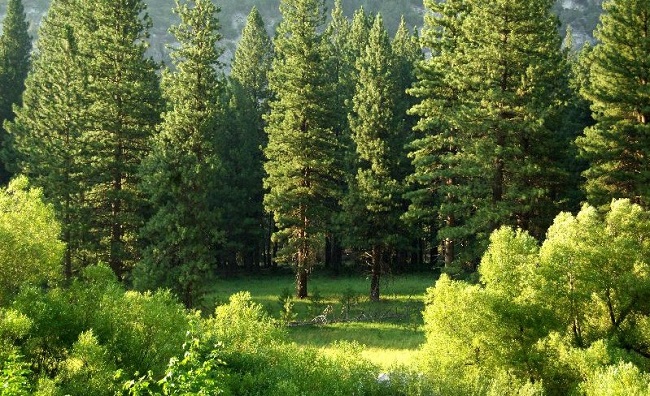Northern Hemisphere vegetation has kept pace in absorbing increasing amounts of carbon dioxide in the atmosphere due to human activities over the last 60 years, partially offsetting the effects of global warming. Scientists analysed data since 1958 that showed the Northern Hemisphere land sink, mainly forests, had intensified its absorption as plants thrived due to more CO2 in the atmosphere.

Accelerated increases in fossil fuel emissions during the 2000s, due to increased economic output from countries in east and south Asia, caused a group of international scientists to examine if land and ocean sinks would be able to keep up with this increase in atmospheric CO2.
On average, global lands and oceans have been known to absorb as much as 50 percent of the CO2 emitted from human activities. These are known as carbon sinks. The portion left over in the atmosphere is known as the airborne fraction. As more and more CO2 has entered the atmosphere, the scientists suspected the airborne fraction could have increased over this time, as plants, soils, and oceans may not have been able absorb the same percentage of CO2 as in the past.
What they found was that global land and ocean sinks have largely kept pace with increasing carbon dioxide emissions since 1958, as 60 years later they are still absorbing about 50 percent of atmospheric CO2. This intensification of absorption can be traced to the Northern Hemisphere land sink responding to continued emissions growth, mainly through forests.
Pep Canadell, co-author of the new paper and Executive Director of the Global Carbon Project at CSIRO, Australia, finds these results so remarkable because of their unseen, and often unacknowledged, benefits:
“The CO2 sinks are like a 50 percent discount on climate change. If it wasn’t for the sinks, we would have double the accumulation of CO2 in the atmosphere, and a doubling of the impacts due to global warming.”
Together the researchers, led by Philippe Ciais from the Laboratory for Climate and Environmental Sciences (CEA / CNRS / UVSQ) in Paris, examined the interhemispheric gradient and CO2 emissions between 1958 to 2016. The interhemispheric gradient of atmospheric CO2 is defined as the observed difference between the two oldest recording stations: Mauna Loa station in Hawaii and one at the South Pole, which record CO2 growth rates representative of the averages of their respective Northern and Southern hemispheres.
The Northern Hemisphere is home to approximately two-thirds of the land and vegetation on Earth, while the Southern Hemisphere is dominated by the ocean sink. The Northern Hemisphere is also where most developed countries producing carbon emissions are located.
